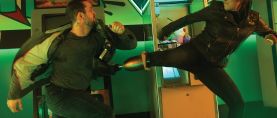
Mulholland Drive: A Winding Cinematic Journey
Twenty years after its release, Peter Deming, ASC looks back on working with David Lynch on this mysterious feature.

The enigmatic neo-noir Mulholland Drive — directed by David Lynch and shot by Peter Deming, ASC — began as the 1999 pilot for a proposed ABC TV series. When the show was not picked up, it was turned into a feature film with supplemental material shot a year and a half later, and released in theaters on October 19, 2001.
The film was the fourth collaboration between Lynch and Deming, who worked previously on the short-lived series Hotel Room and On the Air, then the feature Lost Highway. They later collaborated again on the Showtime series Twin Peaks: The Return.
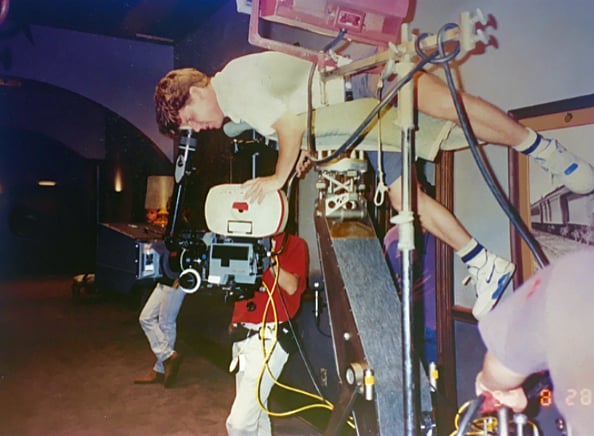
Mulholland Drive earned wide acclaim upon its release, including an Academy Award nomination for Lynch’s direction. Deming's cinematography earned a Camerimage Golden Frog nomination and won an Independent Spirt Award for Cinematography. Then, in 2016, it landed the first place in a widely publicized BBC Culture Poll of the 100 Best Films of the 21st Century, as picked by 177 film critics from 36 countries.
Deming was involved in Mulholland Drive from the beginning. As he remembers, “David cast the show and we shot it on what was very much a pilot schedule for television. ABC said ‘Thanks, but no thanks’, much to everyone’s shock, which I think turned out to be a good thing. The footage sat for a while. David gathered some financing, wrote a third act, and then a year and a half later we shot for another nine days. Most of that shoot was the third act of the film.”

Lynch is known for keeping plot points and story explanations ambiguous. Deming himself wasn’t privy to the exact character arcs that the series would follow: “The pilot ended when Betty [Naomi Watts] dyed Rita’s [Laura Harring] hair and changed her look. Betty is still very much Betty. We didn’t know where the series would go at all. We [the crew] were creating it but we were also the audience, waiting to see what happens next.”
“Sometimes we would light a scene and instead of a direction, David would give an emotion, such as, ‘It starts happy and gets sadder as it goes.’”
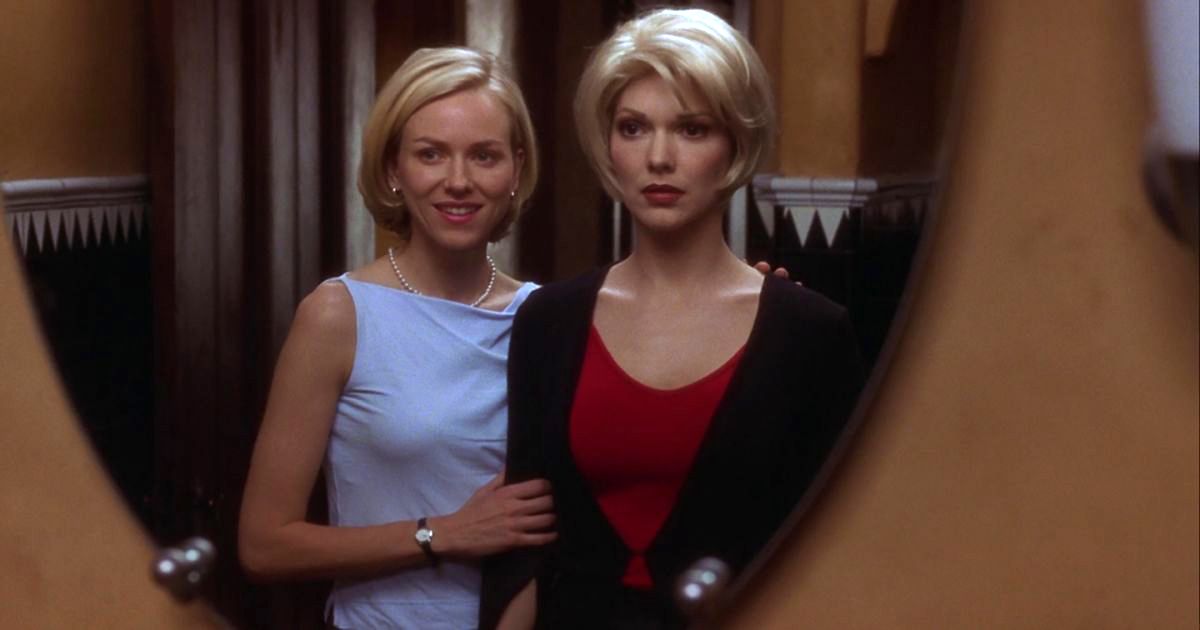
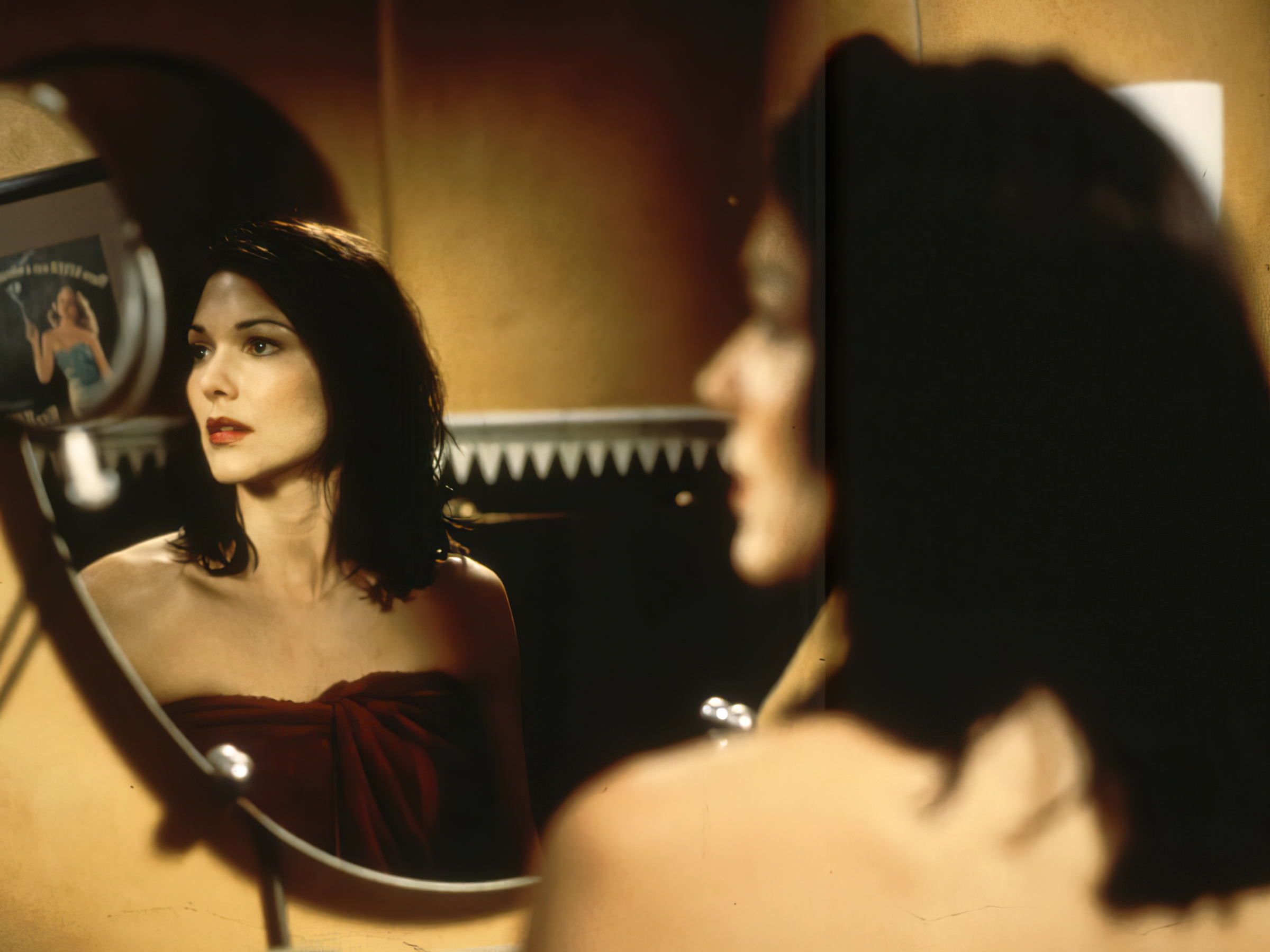
Creatively, Lynch’s eschewing of conventional linear three-act story structure left room for Deming to react in the moment. “David likes to keep things free and not get pinned in too much,” her explains. “We mostly talked about locations and schedule and some about the look and color of the movie beforehand, but the rest is a reaction to what happens on a daily basis. What happens in rehearsal isn’t always on the page. David’s scripts don’t usually have a lot of description, so until you get to set and the scene plays out, you have to be nimble to react to whatever will come up. I find that really fascinating and an adventure. You have a sense of an arc to the story but you are very much creating on the day.”

Deming shot Mulholland Drive with Panavision Panaflex cameras using Primo Primes for their ability to be sharp while not too harsh on skin tones. Filtration and nets on the rear element were used to further soften the look. Visually, Mulholland Drive leans into neo-noir visuals in combination with a dreamy, softer, old-Hollywood look. “Sometimes we would light a scene and instead of a direction, David would give an emotion such as, ‘It starts happy and gets sadder as it goes.’ There was a scene we did where we had done one or two takes and we were in the studio, so we had control, and David turned to me and he said it would be really nice if during these two lines a cloud came over the sun outside. So then you put your head together with the crew to achieve that momentary darkness. Reacting to the scene playing out, even when you’re already shooting, is what we did daily.”
“Movies don’t need to be tied up with a bow. They are meant to spur the imagination and take you for a ride and then let you decide what comes next.”
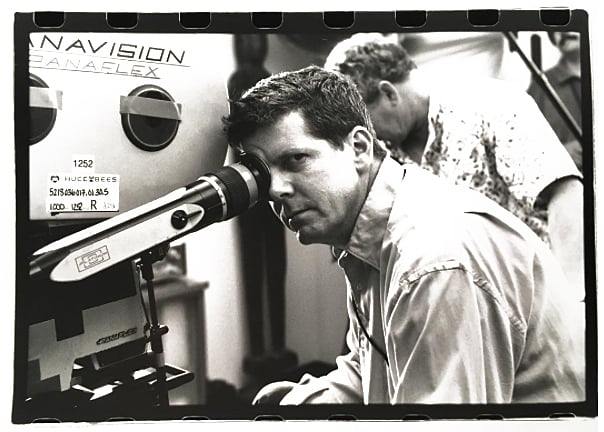
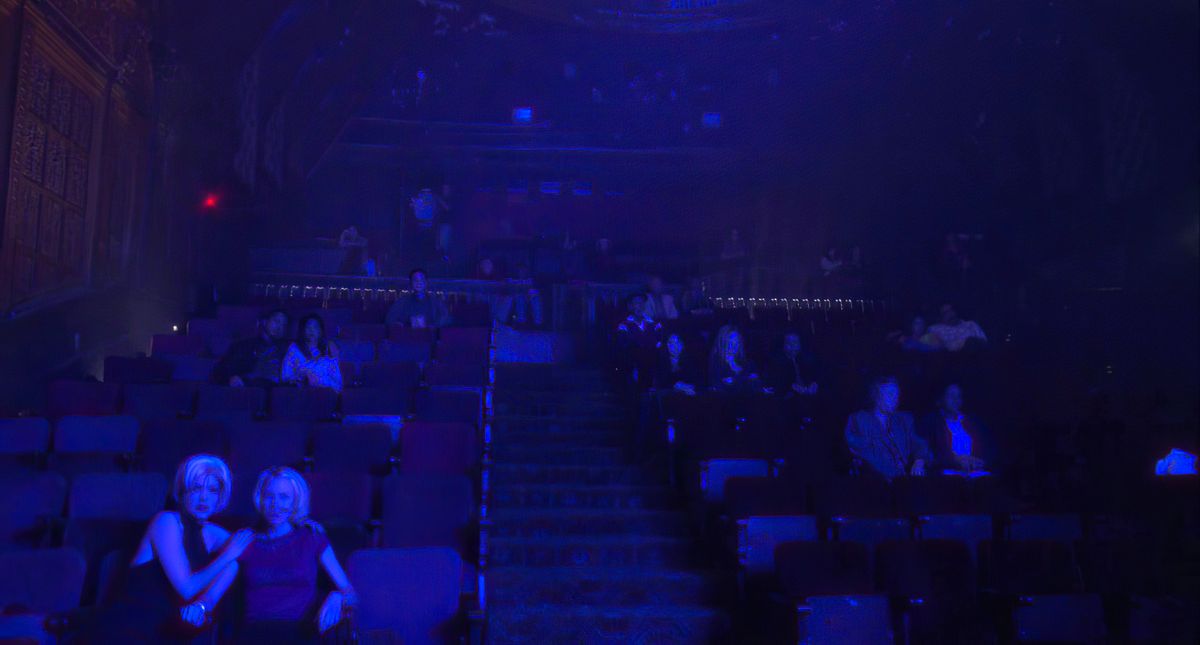

Being emotionally tuned into the scene as it came together on the day was important to Deming: “I remember there was a scene on the couch with Betty and Rita. Rita is trying to remember what happened and she says she remembers a sign — Mulholland Drive. Seeing that scene play out, we lit it in a way where Betty was in a natural light, as was the set, the room. It’s subtle, but Rita is in an unnatural soft light from above her, that feels almost like if the room was moodier it would be a nighttime light, but it’s in the middle of the day because she’s in this dream state. Some of it is reacting to that, the way that David directs the scenes.”

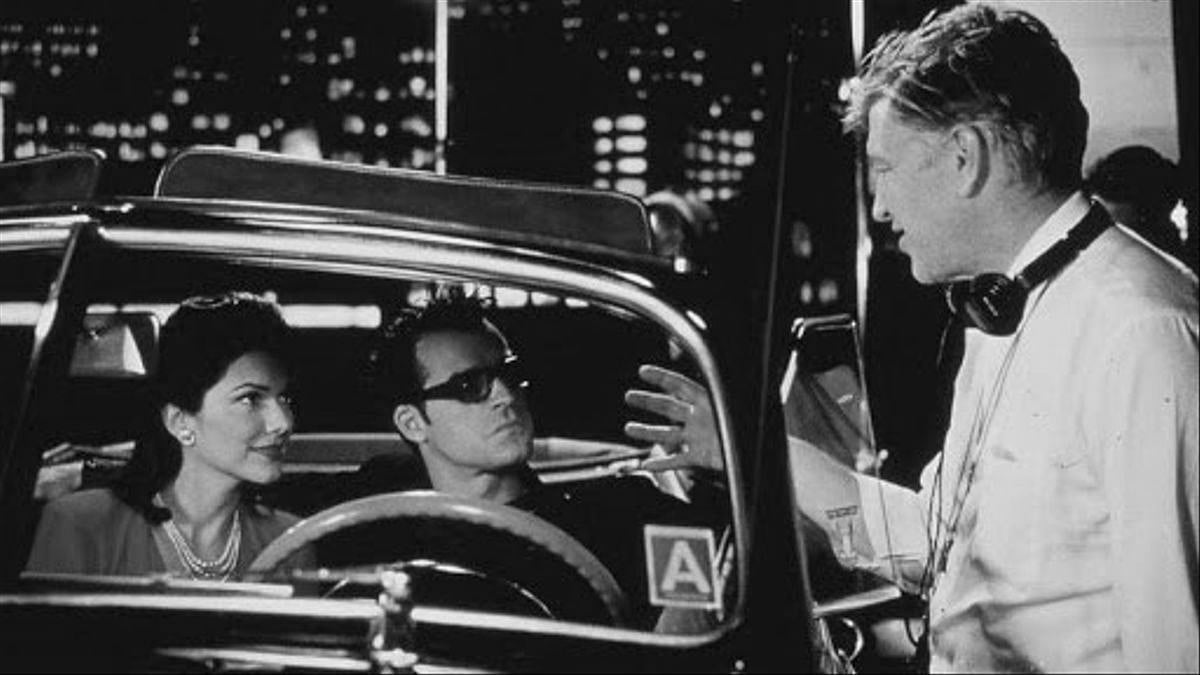
Mulholland Drive was finished traditionally on film. In 2014, Deming was able to revisit the color grading room digitally for the Criterion Collection release. Working off of the original film negative, Deming was able to faithfully reproduce the film print while also fixing some aspects of the color that he had wanted to revisit. Looking back on the film 20 years later, he still wishes he could have seen where the series would go. “As much as I loved the movie, I was sad we didn’t get to see what would happen in the episode and what would happen to Betty along the way. How did she get to be Diane? Who knows?”
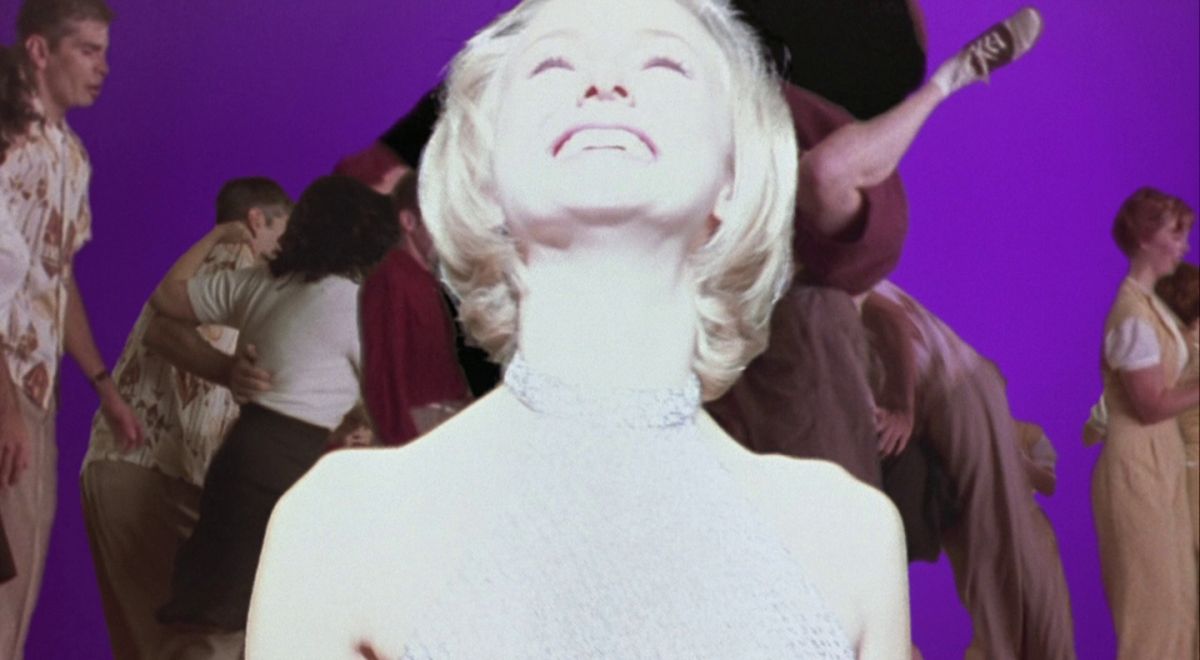
When the film was released, the first public screening Deming attended was at the Cannes Film Festival. “You don’t know when you’re making it what is coming out the other side, particularly in this case — starting out as a TV pilot and morphing almost two years later into a movie. It’s amazing when you see what David does with it in post production, putting the sound and music together. You created all these images, but when you watch the finished film you can almost completely separate yourself from that process and just watch the film and get completely sucked in.”
In the end, the ambiguity is part of the creative appeal for Deming: “Movies don’t need to be tied up with a bow. They are meant to spur the imagination and take you for a ride and then let you decide what comes next.”


